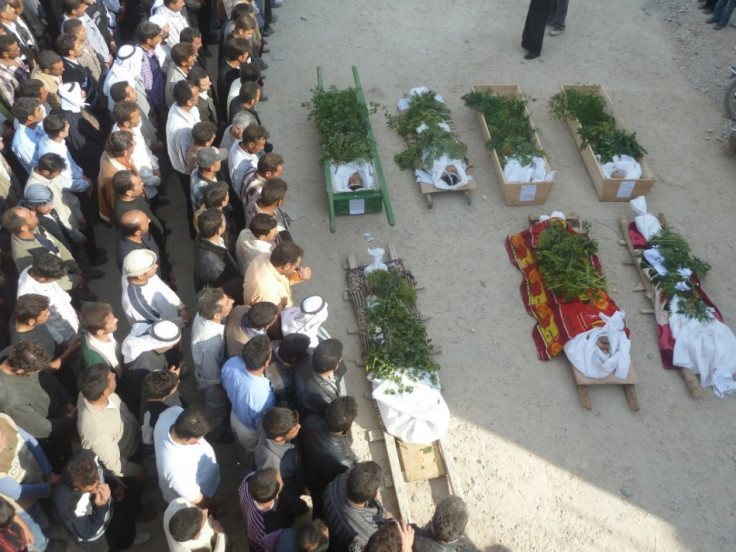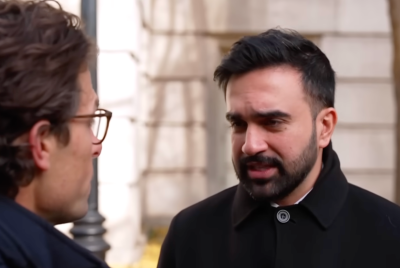Syria: Deadly Siege on Homs and Failure of the Arab League Prove Assad is Still Dangerous

Last week, embattled Syrian President Bashar al-Assad agreed to end its crackdown on anti-government demonstrations, pull troops from the streets and release prisoners jailed during months of protests, according to the Arab league. However within days, more civilian deaths have been announced and the city of Homs has now become the symbol of the deadly crackdown led by Assad's forces.
After Assad promised to withdraw the military from the streets and allow journalists, human rights groups and Arab League representatives to monitor the situation in the country, Syria seemed on the path to recovery, at least officially.
While the news should have been widely welcomed, many rapidly casted doubts on Assad's promises, as it was not the first time that the leader, who had prior to the unrest presented himself as a reformist, promised an end to the violence against protesters.
A few days after the Arab League announcement however troops and armed men loyal to Assad moved into Bab Amo a residential area of Homs, launching a six day tank bombardment that killed and wounded hundreds of people, activists and residents said.
The hated shabbiha (pro-Assad militia) have also been unleashed, ransacking houses and arresting people.
In an effort to trump the Arab League, the regime is attempting to gloss of its brutality - literally.
"The regime wants everything to look spic and span for the Arab League. They even started painting army troop carriers police blue and the shabbiha are wearing brand new police uniforms churned out by state factories," a resident told Reuters.
But the killings continue. Activists say that government's forces have also used live fire to disperse crowds of protesters, in addition to tank guns and other heavy weaponry. The death toll of the crackdown on Homs was still rising Monday and the British-based Syrian Observatory for Human Rights said an eight-year-old girl who died in random gunfire from a security checkpoint in the Houla district was among the latest victims.
The Syria National Council has now announced Homs a "disaster area" and issued a statement saying that "For the fifth consecutive day, the Syrian regime is imposing a brutal siege on the brave city of Homs, aiming to break the will of its residents who have dared to reject the regime's authority."
The group has also warned that the regime's crackdown is preventing medical and food supplies from reaching the town, while residents are trapped and cannot escape to safer areas.
In view of the violence, Qatar's prime minister has called for the Arab league to meet next Saturday to discuss Assad's failure to comply with their previous agreement.
While the Syrian authorities have not yet commented on the offensive on Homs, they have repeatedly accused terrorist and armed gangs of killing of civilians.
Last month Assad defiantly warned the West against an intervention in Syria, threatening that any interference would cause an "earthquake" that would "burn the all the region", and this time while his response to the Arab League might have been more diplomatic, the last few days' rise in casualties has illustrated his lack of concern at Arab leaders' threats, despite months of anti-regime protests and more than 3,000 deaths.
Strategically located in a high tensions zone and with friends such as the Hezbollah, Assad knows he can terrify the people inside and outside of Syria. His latest move has however weakened the Arab League even more.
Having to quickly recover from the fall of Ben Ali in Tunisia and Mubarak in Egypt, the group of leaders failed to come to a consensus on Libya and left NATO deal with the struggle between the anti- and pro Gaddafi forces.
Now, despite pledging for peace with Assad for months and announcing the Syrian leader had agreed to put an end to months of violence, the League once again appears unable to tackle the struggles and conflict affecting the Arab World, leaving Assad to show he still is a regional force to be reckoned with.
© Copyright IBTimes 2025. All rights reserved.





















